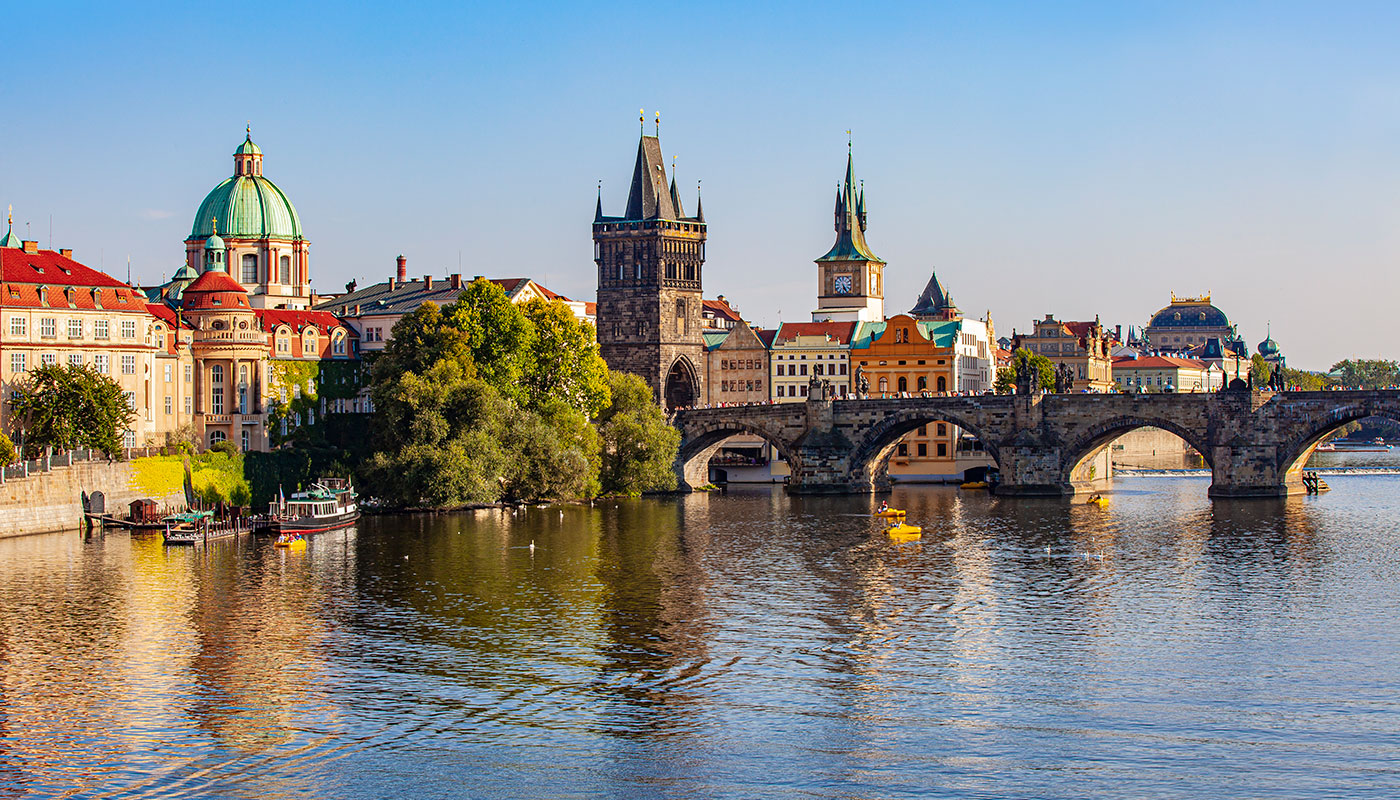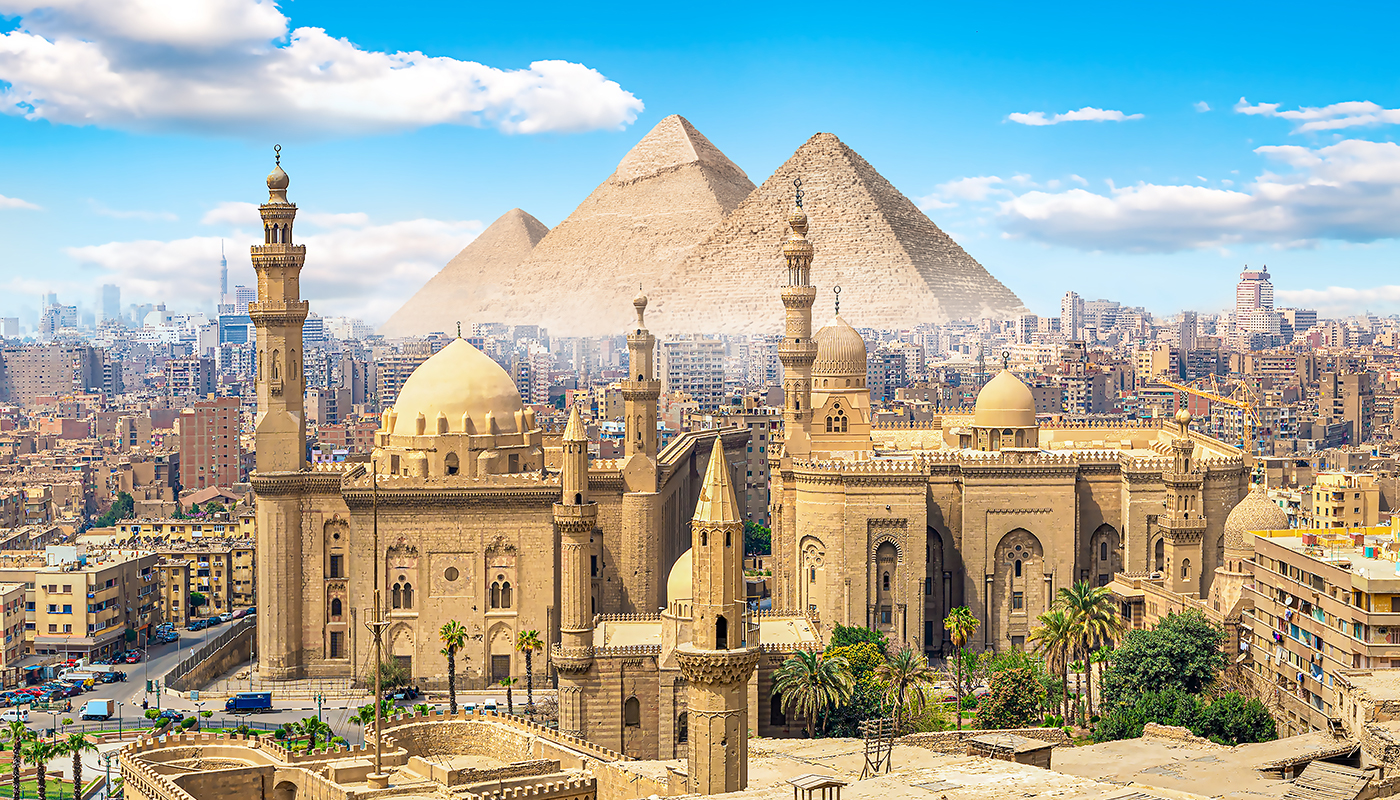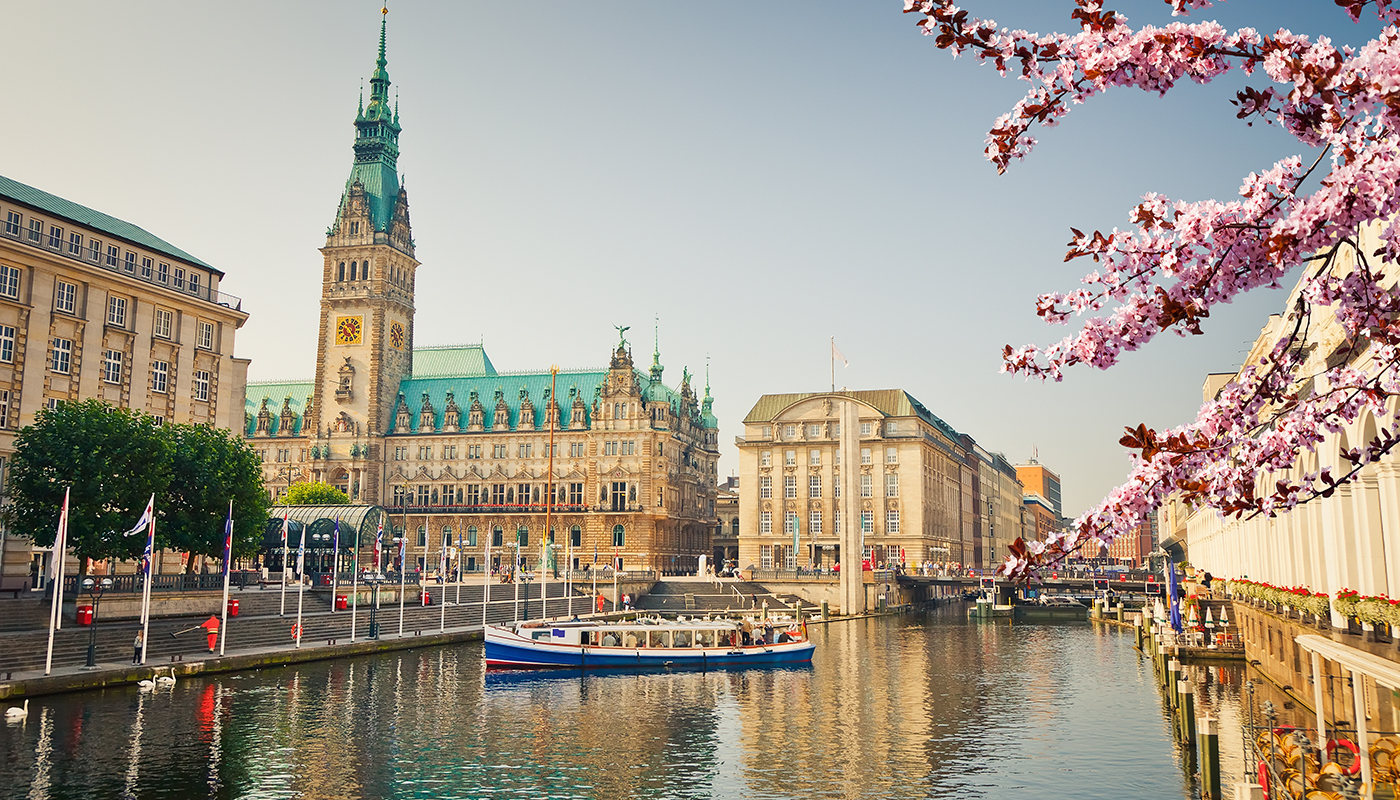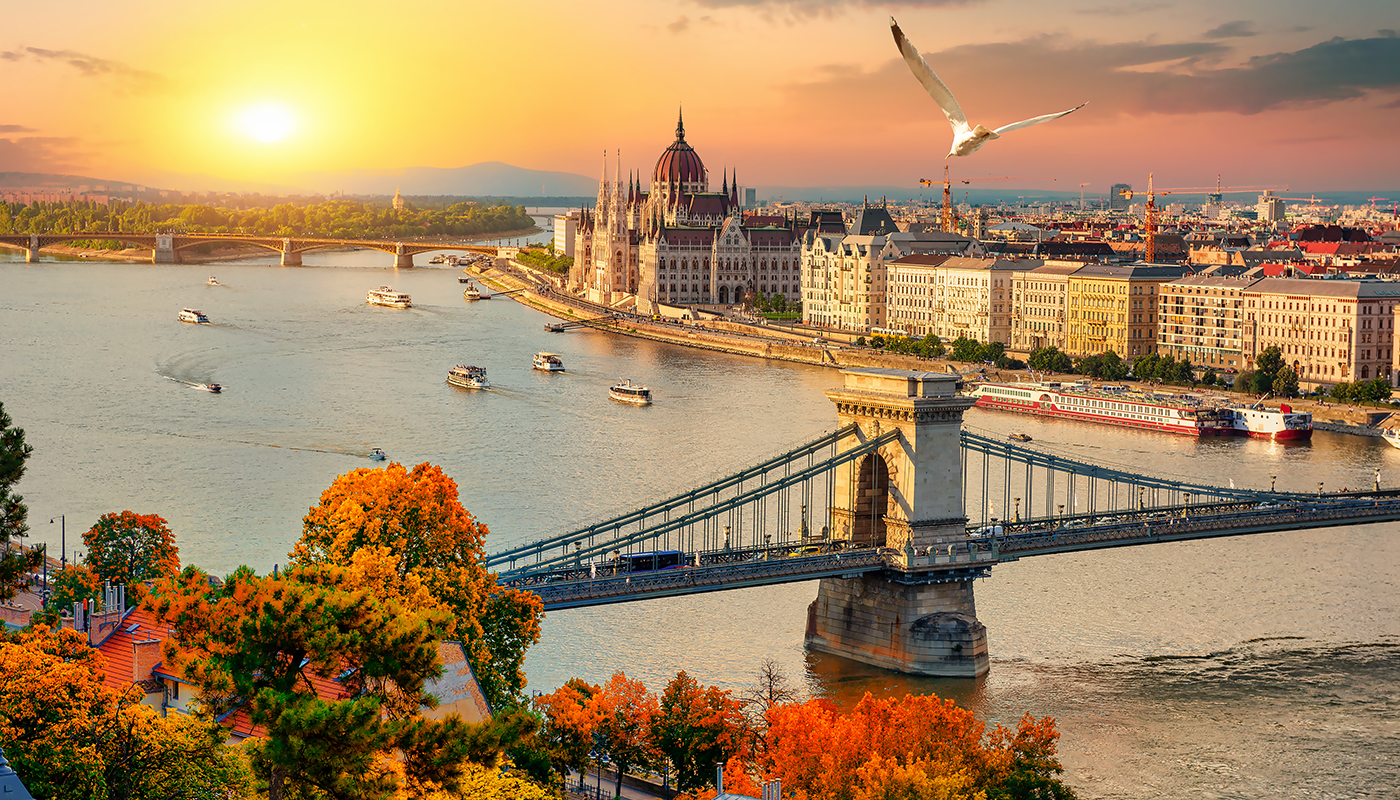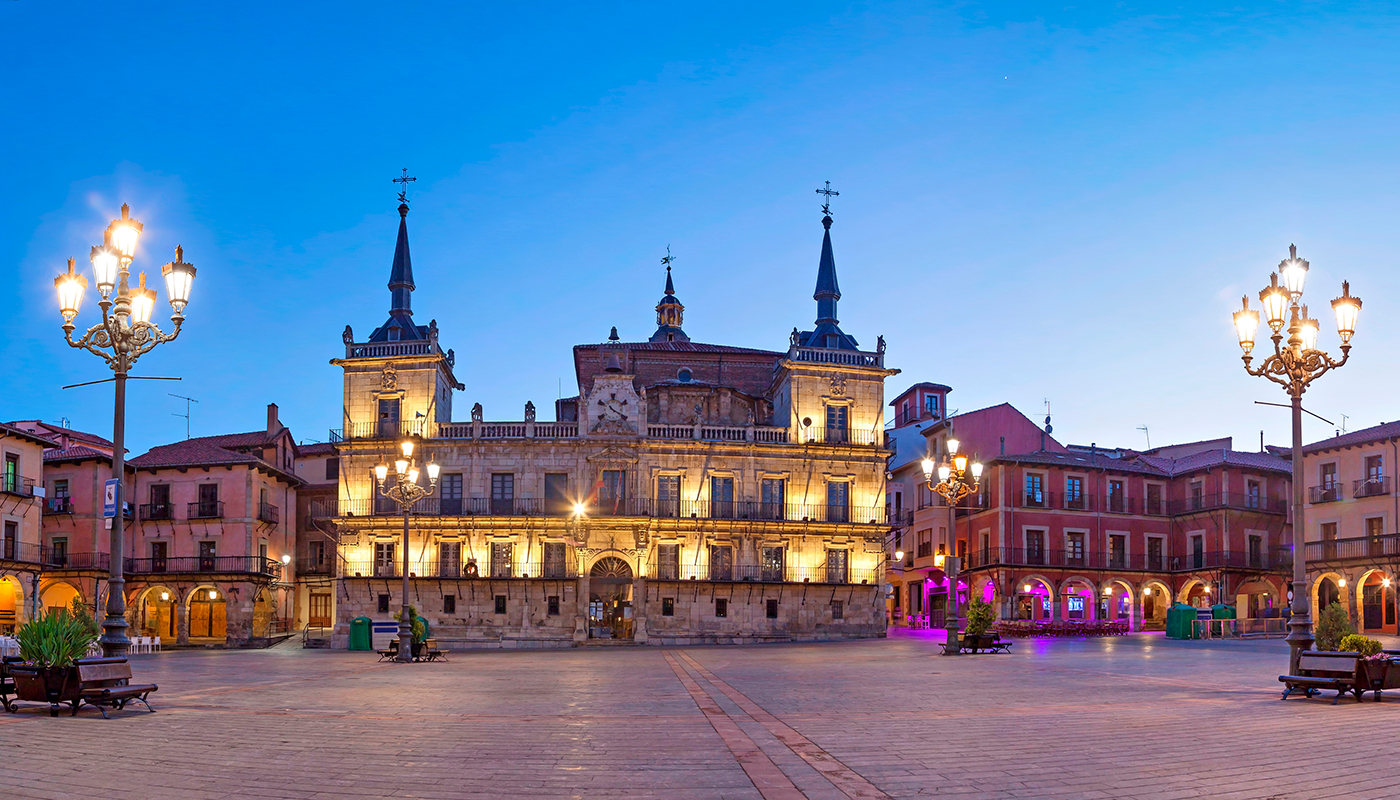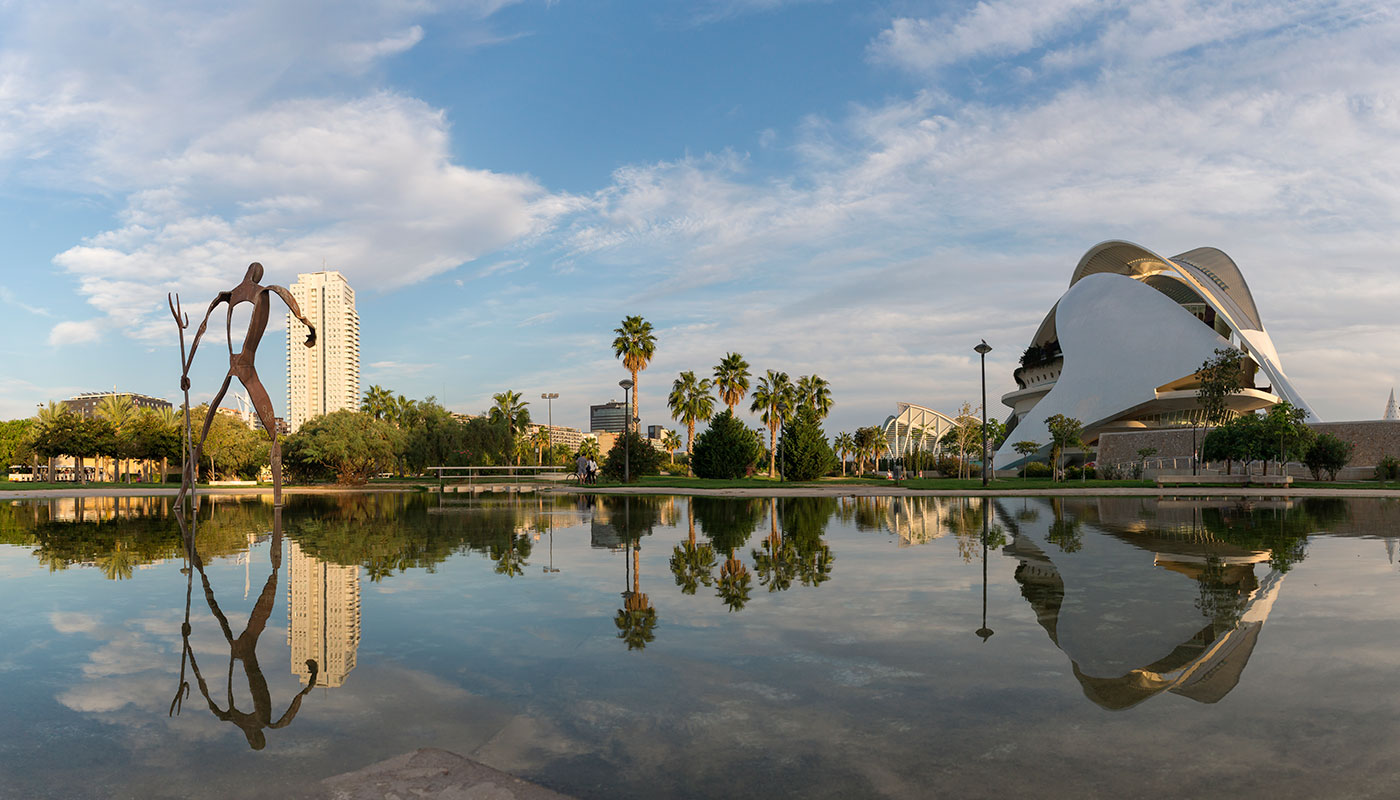Zwinger Palace is one of Dresden’s most iconic treasures, a place that encapsulates the grandeur of the Saxon Baroque and the history of a city that has risen from the ashes. This architectural complex, featuring lush gardens, fountains and world-class museums, is a must see for those wishing to discover Germany’s past and art. Originally built as a recreational space for the court, the Zwinger has evolved into a cultural and artistic epicentre that attracts thousands of visitors each year. From its 18th-century beginnings to its rebirth after the devastating bombings of the Second World War, this palace tells stories of splendour, war and restoration. In this article, we’ll tell you everything you need to know to make the most of a visit to this impressive palace complex.
History of the Zwinger Palace: from an orange garden to a symbol of Saxon grandeur
The Zwinger Palace has a history that reflects the ambition and splendour of the Saxon court in the 18th century. Originally designed by architect Matthäus Daniel Pöppelmann and sculptor Balthasar Permoser, this baroque complex was commissioned by Elector Augustus the Strong in 1709. Inspired by palatial residences in France and Italy, the Zwinger began as an orangery and garden where Dresden’s nobility could enjoy strolls among orange trees and outdoor events. As construction progressed, the project evolved into a monumental space for exhibitions and celebrations.

During the heyday of the Saxon court, the Zwinger was a prominent setting for festivities and grand ceremonies, symbolising the region’s opulence and power. In 1719, the official inauguration of the palace coincided with the marriage of Augustus the Strong’s son, marking the beginning of its function as a ceremonial space. Over time, however, the Zwinger’s importance declined, and it was not until the 19th century that it assumed its role as a museum, thanks to the addition of art and scientific collections.
Despite its initial splendour, Zwinger Palace was severely damaged during the bombing of Dresden in the Second World War, leaving much of its structure in ruins. The reconstruction of the palace was a long and painstaking task, completed in 1963, which sought to restore it to its former glory while respecting its original architectural details. Today, the Zwinger is a symbol of resilience and a cultural icon of Dresden, housing renowned museums such as the Gallery of the Old Masters and the Porcelain Collection.
What to see on your visit: a tour of Zwinger’s charms
Zwinger Palace is much more than a historic building; it is a collection of gardens, galleries and pavilions that invite visitors to explore its history and art. One of the highlights is the Gallery of the Old Masters (Gemäldegalerie Alte Meister), which houses masterpieces by European painters such as Raphael, Rembrandt, Dürer, Rubens, Titian and Vermeer. Among them, Raphael’s “Sistine Madonna” is one of the most celebrated pieces, attracting visitors from all over the world.
Another must see is the City Wall Pavilion, which offers a spectacular view of the Zwinger courtyard and the city of Dresden. From here you can admire the detailed sculptures and fountains that decorate the palace, creating an almost fairytale-like atmosphere. Don’t forget to stroll through the carefully landscaped gardens, filled with fountains and ponds that reflect the sky and the palace, offering a picturesque setting for reflection and photography. Among these fountains is the Nymphenbad (Bath of the Nymphs), an enchanting Baroque fountain of impressive craftsmanship.

Visiting information: opening hours, access and recommendations
Zwinger Palace is open to the public all year round, although the opening hours of its galleries and museums may vary according to the season and special events. We recommend arriving early to avoid the crowds, especially during the summer months when the flow of tourists is at its highest. Admission to the Zwinger complex is free, but its museums and exhibitions cost extra. A combined ticket that allows you to visit several of the collections costs 14 euros, an ideal option if you plan to spend several hours exploring here.
For those who want to make the most of their visit, audio guides in several languages and guided tours that delve into the history and architectural details of the palace are available. Booking in advance is recommended in high season, as some areas may have limited seating capacity due to the large number of visitors. In addition, the gardens and outdoor pavilions are accessible at no extra cost, so you can enjoy the Zwinger’s surroundings even if you don’t plan on entering the museums.
Museums and exhibitions: the Zwinger, a baroque gem brimming with art collections
The Zwinger Palace is a cultural epicentre where art, science and crafts come together to offer visitors a unique journey through some of the most valuable collections in Europe. The Old Masters Gallery, one of the main attractions, houses an impressive selection of works by European artists, including Raphael’s famous Sistine Madonna and Girl Reading a Letter at an Open Window, among many others by Italian, Dutch, German, Spanish and French masters. The gallery’s design and soft lighting create an ambience that highlights the majesty and detail of these Baroque and Renaissance works, allowing for a deep and respectful viewing experience.
The Porcelain Collection, meanwhile, is one of the largest displays of porcelain in the world. Augustus the Strong’s fascination with this precious material, known as “white gold”, gave rise to this collection, which includes exquisite pieces from China, Japan and the renowned Meißen factory in Saxony. In this museum, visitors can admire everything from intricate plates and vases to sculptures and decorative figures, each representing the skill and dedication of those who made them. Each piece is a testament to the delicacy and precision that made porcelain an obsession for European royalty.

In addition, the Zwinger houses the Armoury, a fascinating collection of weapons and armour that offers an insight into the life of the Saxon nobility in times of war and peace. On display here are ornate armour, swords, helmets and artillery pieces, many of which belonged to the royal family. The gilded details, precious stone inlays and elaborate decorations on each piece reflect not only the skill of the craftsmen of the time, but also the status and power of those who wore them.
Lastly, the Hall of Mathematics and Physics invites science lovers to explore instruments that revolutionised knowledge between the 16th and 18th centuries. In this museum, astronomical clocks, globes and other navigational and calculating devices reveal the link between art and science in the Baroque era. Visitors will be able to see how precision and aesthetic design came together in these instruments, which reflect the desire to unravel the mysteries of the universe.








